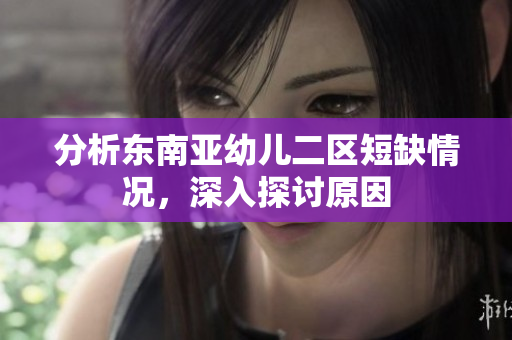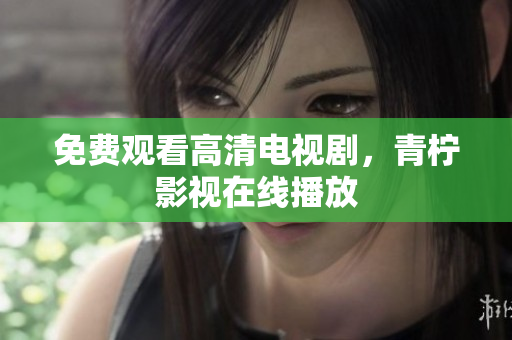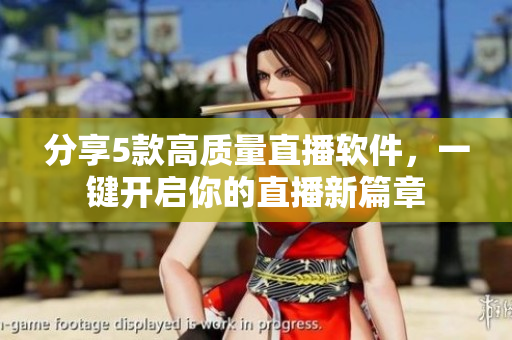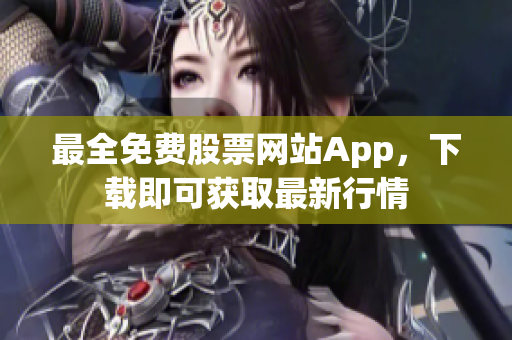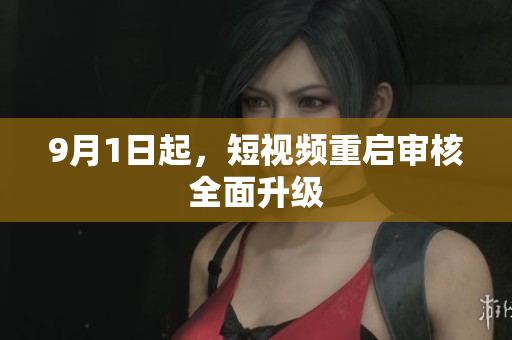Introduction
As a student, we often encounter various problems in our daily life. Whether it is in school or outside of school, we always need to find a way to solve the problem at hand. In this article, we will discuss several different problems that students might face, such as dealing with a difficult English class, the scarcity of resources in Southeast Asian schools, exploring the world-class artworks in Western countries, how to deal with the new 5G network technology in China, and how to handle being assigned to teach a C1 class.
The Struggles of Being an English Class Representative
Being an English class representative can be a challenging role to take on. Students who hold this position are expected to assist the teacher with various tasks related to the class, such as collecting and distributing papers, organizing study groups, and helping to facilitate discussions. However, some students may find it challenging to keep up with their academic and social responsibilities while also fulfilling their duties as an English class representative. To tackle this problem, students can use their time management skills, communicate with their teacher, and collaborate with their fellow classmates to share the workload.
Scarcity of Educational Resources in Southeast Asian Schools
In Southeast Asian countries, many schools are facing a shortage of educational resources, such as textbooks, computers, and even basic school supplies. This scarcity can hinder the learning and development of students, as they may not have access to the necessary resources to fully engage in their studies. To address this problem, governments and educational organizations can work together to provide these schools with the resources they need to provide a better education for their students.
Exploring World-Class Artworks in Western Countries
Western countries are known for being home to some of the most renowned museums and galleries featuring world-class artworks. However, many students may not have the opportunity to visit these places due to financial or cultural limitations. One solution to this problem is to offer more virtual museum and gallery tours, which can provide students with access to these priceless works of art without having to leave their classrooms.
The Advent of 5G Technology in China
The advent of 5G technology in China presents a new challenge for students, as they must learn how to adapt to the new high-speed network. This technology enables faster connections and can positively impact education and communication; however, it also comes with potential security and privacy concerns. To address these issues, students can educate themselves on safe online practices and work with their educators to make the most of this new technology.
Handling Being Assigned to Teach a C1 Class
Handling being assigned to teach a C1 class can be daunting, especially for those who have little experience teaching. In this situation, students can draw on their knowledge and experiences from their own learning journeys to help guide them through the process. They can also collaborate with other teachers and seek guidance from their school administrators to ensure they provide a quality learning experience for their students.
Can You Use In-Game Currency to Fund Your Classroom’s Supplies?
Students may also face questions that touch their moral compass, such as whether it is ethical to use in-game currency to fund their classroom's supplies. Such a question does not have a one-size-fits-all answer, as each student should weigh the pros and cons and decide for themselves. For example, if a game incentivizes users with rewards for purchases, it might be more challenging to consider using in-game currency to fund classroom supplies, as it means reducing one's potential rewards from the game. Nonetheless, this situation offers an excellent opportunity for students to consider the ethical implications of their actions and weigh them against their personal and social responsibilities.
Conclusion
As this article has demonstrated, students often encounter various problems both in and outside of school. These issues can be related to academics, culture, technology, and even moral considerations. Nonetheless, students can approach these problems with a proactive attitude, a willingness to learn and grow, and a collaborative mindset. By working together with their peers, teachers, and communities, students can find creative solutions to overcome these challenges and achieve success both in their personal and academic lives.

